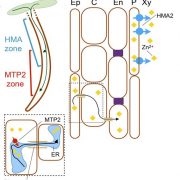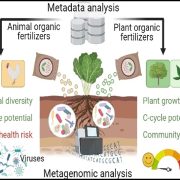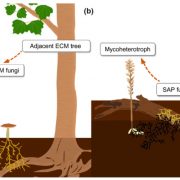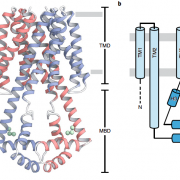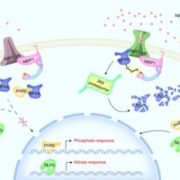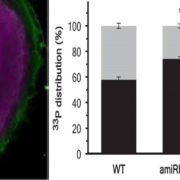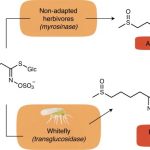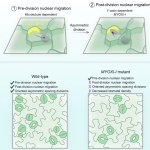Calcium dynamics during trap closure visualized in transgenic Venus flytrap (Nature Plants)
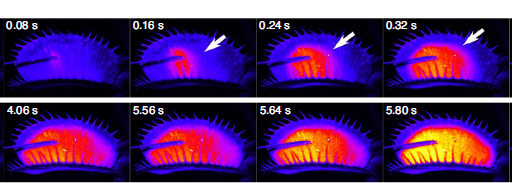
For centuries, carnivorous plants and the mechanisms they use to capture prey have been enigmas. While some clarity regarding the molecular mechanisms is beginning to emerge, Suda and colleagues have uncovered a vital role for calcium (Ca2+) signals in trap closure in Venus flytrap. The researchers introduced the genetically encoded Ca2+ sensor GCaMP6f using an excised-leaf transformation protocol and traced Ca2+ signals during leaf stimulation. They found Ca2+ waves in the leaves after mechanical stimulation of a sensory hair, which extended through the leaf blade to other sensory hairs and the other leaf lobe. The authors also found that after a second stimulus, the Ca2+ signal is higher in intensity and that it is needed for leaf closure, consistent with a ‘memory’ mechanism. Further, they established a threshold Ca2+ concentration that is needed for leaf closure and is achieved only after the second stimulus. These findings provide invaluable clues as to how the plant remembers and amplifies a signal to reach a threshold level and effect the leaf movement. (Summary by Pavithran Narayanan @pavi_narayanan) Nature Plants 10.1038/s41477-020-00773-1


